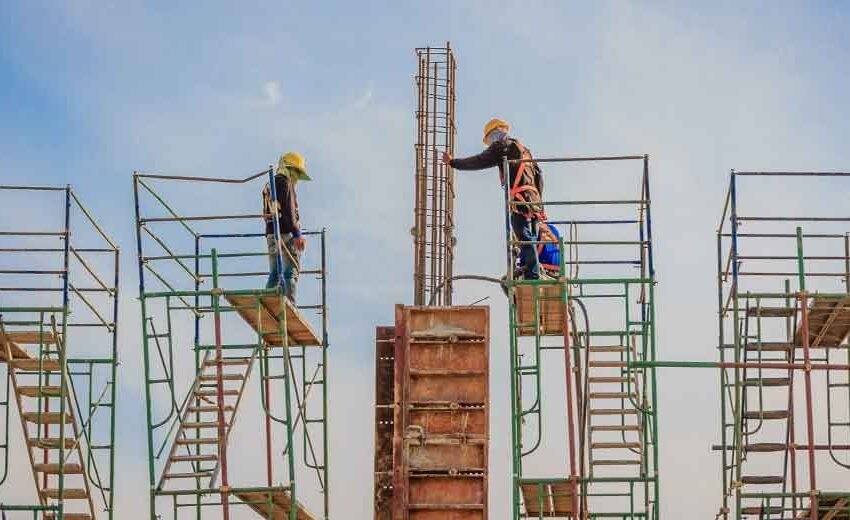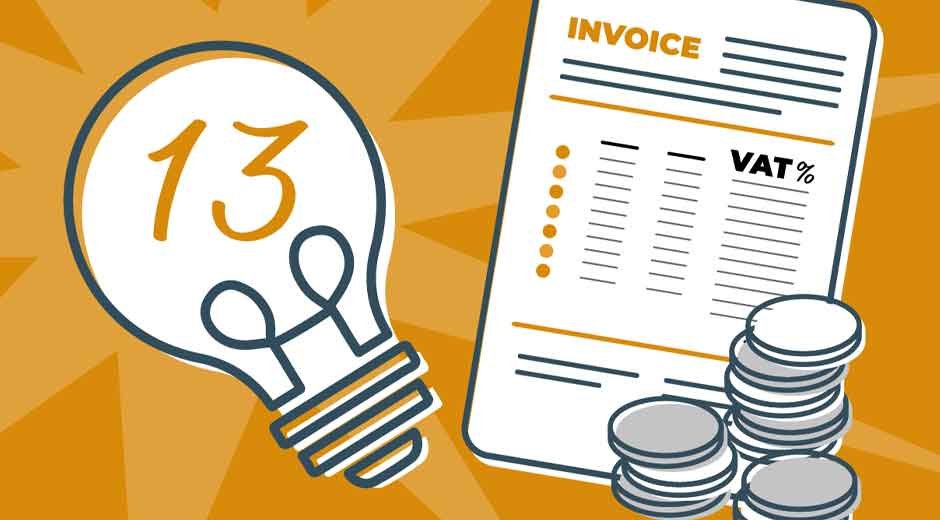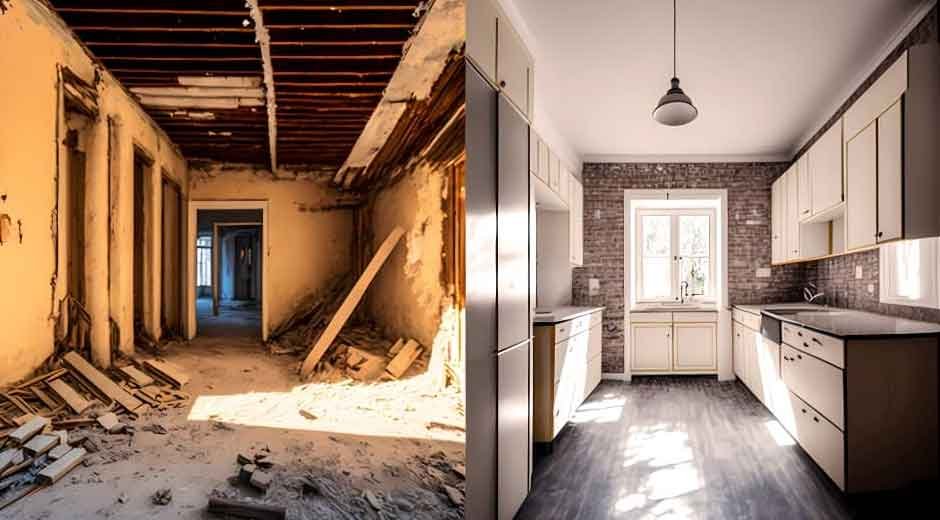Construction Site Safety: Best Practices That Save Lives

Construction work is dangerous by nature: big machines, heavy materials, and high-risk tasks are part of the job. That’s why construction site safety is essential. Good safety practices don’t just protect workers from harm; they keep projects on schedule, prevent costly delays, and save lives. From fall protection and PPE to digital monitoring tools and access controls, safety has many layers. Whether you’re a project manager, site supervisor, or apprentice, understanding the key areas of site safety can make a real difference. Here’s what it takes to build smarter and safer, one job site at a time.
PPE: Your First Line of Defense
Personal Protective Equipment (PPE) is non-negotiable on any construction site. Hard hats, safety goggles, gloves, high-visibility vests, and steel-toe boots help protect workers from everyday hazards like falling objects, chemical splashes, or sharp tools. In some trades, respiratory protection or hearing protection may also be required. The key isn’t just wearing PPE. It’s wearing it properly and consistently. Supervisors should inspect gear regularly and train workers on when and how to use it. Investing in good PPE and proper training may not feel exciting, but it’s often the first thing standing between a worker and a serious injury.
Fall Prevention and Working at Heights
Falls remain the number one cause of death in construction. That’s why OSHA regulations around ladders, scaffolding, and rooftops are so strict, and for good reason. Workers should always be tied off when working at height, and anchor points must be checked for stability. Guardrails, toe boards, and fall arrest systems should be in place wherever there’s a risk. Just as important is training: workers need to know how to inspect their harnesses and understand the risks of even shortfalls. Preventing falls is all about awareness, culture, and communication.
Securing Digital Systems On-Site
More construction sites are using digital tools like camera systems, badge-entry gates, and connected sensors to monitor real-time activity. These tools improve safety by controlling who enters the site and by alerting teams to unauthorized access or equipment movement. However, since these systems are connected to the internet, they can also be targets for cyberattacks. That’s why some firms rely on threat intelligence, a service that tracks potential digital threats and alerts teams before they cause damage. By catching suspicious activity early, these tools help protect not just data, but the physical safety of the people on-site.
Heavy Equipment Safety and Ground Coordination
Cranes, bulldozers, forklifts: these machines move tons of material and can cause major damage if used carelessly. Operators must be properly trained and licensed, and daily walk-arounds should be done to check for damage or maintenance issues. Ground crews also need to know how to stay visible and avoid blind spots. Spotters and flaggers play a crucial role in keeping people safe during movement and lifting operations. It’s not enough to rely on past experience; every project is different, and teams should communicate clearly each day about who’s operating what and when. One mistake can cost a life.
Culture and Accountability: The Human Side of Safety
You can have all the safety protocols in the world, but if people aren’t committed to following them, accidents will still happen. That’s why building a culture of safety matters. It starts at the top: when managers take safety seriously, workers are more likely to follow. Regular safety meetings, peer check-ins, and even anonymous reporting systems can encourage people to speak up when something doesn’t look right. Everyone on site should feel empowered to stop work if they notice a hazard. Safety is everyone’s job, and when people look out for each other, the whole team wins.





